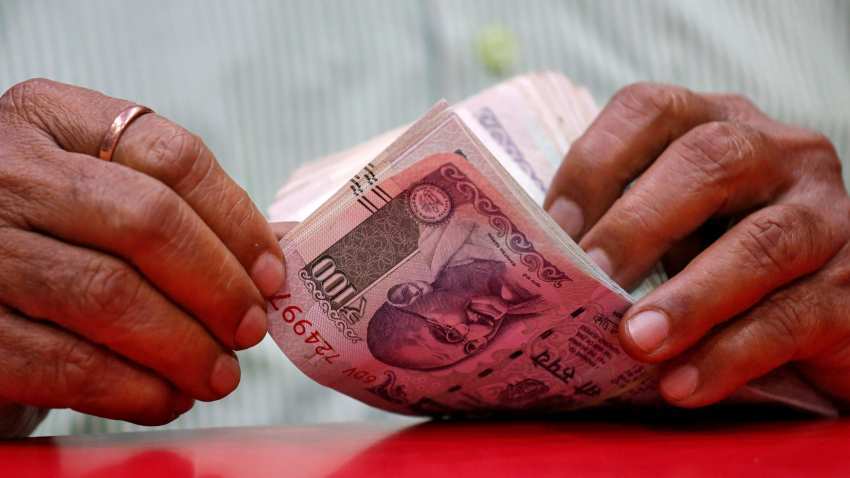How to avail Income Tax benefit from PPF, NPS and Sukanya Samridhi Yojana? Ensure this
Since the March 31 deadline is very crucial, those investors who have invested in PPF, NPS and SSY would be able to save their income tax.

Income Tax benefit: As the financial year 2018-19 is inching closer, those who fall in the bracket of income tax need to take certain precautions about their investments. In case you are an income tax payee, you are required to ensure that a minimum amount in your savings options including Public Provident Fund (PPF), National Pension System (NPS), Sukanya Samridhi Yojna (SSY) are deposited by March 31, 2019 so that your accounts are active. This will ensure you to avail tax benefits under Section 80C of Income-Tax Act, 1961.
Since the March 31 deadline is very crucial, those investors who have invested in PPF, NPS and SSY would be able to save their income tax. If you are not able to spare amount to invest in these accounts in this financial year, you should at least spare a minimum amount in them to keep your accounts active.
If the minimum amount is not deposited in such accounts, then a penalty levied along with certain consequences that we should be aware of.
Public Provident Fund
Under Public Provident Fund, minimum annual contribution for this account is Rs 500, and the last date to make such investment is March 31, 2019. If you fail to deposit this amount by the last date, you have to pay a penalty of Rs 50 along with an arrear subscription of Rs 500 for each year. Apart from paying the penalty, the account will be discontinued and the biggest fallout of this would be that you will not be able to avail loan or make partial withdrawals. Notably, such an account can be revived prior to end of its maturity date.
Sukanya Samridhi Yojna
Sukanya Samridhi Yojna account can be opened with a minimum contribution of Rs 1,000, which is also the minimum annual amount you need to deposit. If you are not able to deposit Rs 1,000 during a financial year, your account would become dormant. The dormant can be revived by giving a written request to the concerned bank or post office where you have your account. After this, you should pay a minimum amount of Rs 1,000 along with the penalty of Rs 50 for every year of inactivity.
National Pension System
NPS accounts are of two types: (i) NPS Tier-I account; and (ii) NPS Tier-II account. The NPS Tier-I account is the primary account that comes with lock-in period, and minimum annual contribution in this account during a financial year has been reduced from Rs 6,000 to Rs 1,000 in 2016. If you fail to make a minimum contribution, your account will be frozen. For unfreezing your account, you need to pay Rs 500, a penalty of Rs 100 along with the point of purchase (POP) charges.
Watch this Zee Business video
Notably, NPS Tier-II account is an optional account as it has no lock-in periods. If Tier-I account is frozen, Tier-II account will also be frozen automatically, but there is no need to do a minimum contribution in the Tier II account.
Get Latest Business News, Stock Market Updates and Videos; Check your tax outgo through Income Tax Calculator and save money through our Personal Finance coverage. Check Business Breaking News Live on Zee Business Twitter and Facebook. Subscribe on YouTube.
RECOMMENDED STORIES
11:02 AM IST











 Income Tax Season: Not just 80C, this Income Tax section can give you instant tax exemption- know how to take its advantage while filing ITR
Income Tax Season: Not just 80C, this Income Tax section can give you instant tax exemption- know how to take its advantage while filing ITR  Loans: How to get maximum tax benefits in case of different loans?
Loans: How to get maximum tax benefits in case of different loans? NPS Income Tax Benefits: Know how to save your money through this great scheme
NPS Income Tax Benefits: Know how to save your money through this great scheme Your petrol, diesel expenses can help you save tax in just few clicks: Here's how
Your petrol, diesel expenses can help you save tax in just few clicks: Here's how  5 tips for buying property post-demonetisation
5 tips for buying property post-demonetisation